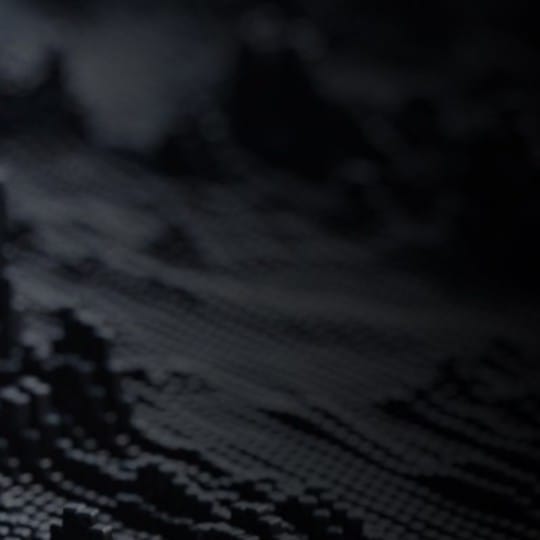Listen up! We’ve compiled 2018’s top 15 CG Garage podcasts
Punk production designers, CG portrait painters, powerful producers and previz pioneers — Chris Nichols selects his favorite podcasts of the last 12 months.



Punk production designers, CG portrait painters, powerful producers and previz pioneers — Chris Nichols selects his favorite podcasts of the last 12 months.
V-Ray Next for Maya is leaps and bounds ahead of 3.6 when it comes to V-Ray GPU capabilities. We’ve compiled some of the most significant improvements.
We’ve improved the way that IPR works in V-Ray Next for Maya to help you dramatically speed up your workflow. Here’s everything you need to know.
You’ve seen the future of ray tracing and GPU rendering. Now learn how the GeForce RTX cards performed in Vlado’s benchmarking experiments, and what it means.
The importance of metalness and why we’ve added the Metalness parameter to the V-Ray standard material to better support a PBR workflow in V-Ray Next.
Would you like more shaders and textures at your fingertips? In this helpful guide, we’ll reveal the key to unlocking access through the V-Ray Plugin Nodes.
With the big announcement of new GPU ray-tracing hardware, Vlado explains what this breakthrough means for the future of rendering.
Discover how Project Lavina is adding real-time to the ease and accuracy of ray tracing for Chaos solutions.
We explain the differences between NVIDIA's AI denoiser and V-Ray Next's own denoiser. We explain how ours allows for proper compositing and temporal denoising.
Tomasz Wyszolmirski from Dabarti Studio shares some top volume rendering techniques using V-Ray Next.
Find out how to analyze and measure the light levels in your 3D scene using the new Lighting Analysis tools in V-Ray Next for 3ds Max.
Learn all about the new production-ready features and improvements coming to V-Ray GPU in V-Ray Next for 3ds Max.
A deeper look at the new hair shader in V-Ray next. It describes how to understand the shader in a more physiological way, then takes you through the steps of setting one up for Look development including using V-Ray GPU in IPR rendering.

These lively, informal discussions have become essential listening for over 20,000 computer graphics fans around the world. Check out the CG Garage homepage and dive into some entertaining and informative interviews from Hollywood directors to talented 3D artists and everyone in between.
The new automatic exposure and white balance settings in V-Ray next not only make the rendering process simpler and faster, but they also balance your renderings for both speed and quality.
Noise is a common issue with rendering, usually solved by longer rendering. Another solution is denoising. Using NVIDIA's OptiX denoising algorithm, V-Ray experiments with real time denoising based on deep learning.
A new smarter use of Image Based Lighting (IBL) through the V-Ray Dome Light, which is smarter and faster especially for interior scenes.
Now that V-Ray CUDA was rendering on both CPUs and GPUs, and producing the exact same results, V-Ray Hybrid rendering was officially born.
V-Ray Benchmark is a free utility to benchmark your hardware against other hardware when it comes to rendering with V-Ray.
A recent paper on computer vision from Stanford University, Universidad de Zaragoza, and University of California Berkeley explains the Saliency of VR.
We developed V-Ray scene files to help you move a scene from one application to render in another.
V-Ray GPU Benchmarks on Top-of the-Line NVIDIA GPUs
New to V-Ray for Revit, Rhino, and SketchUp, we are introducing V-Ray Swarm, which is an evolution of Distributed Rendering.
V-Ray GPU improvements in V-Ray 3.5 for 3ds Max
We take a deeper look at how to output the Active Shade VFB from V-Ray 3.5 for 3ds Max into a VR headset.
In short, resumable rendering is the ability to have incomplete renders resume where they left off.
Disney Research parametrically constructs eyes based on simple data
Understanding Adaptive Lights
We take a closer look at the Glossy Fresnel effect that will be added to to upcoming V-Ray service packs
Wikihuman project looks at using the alSurface shader on the new Digital Mike data.